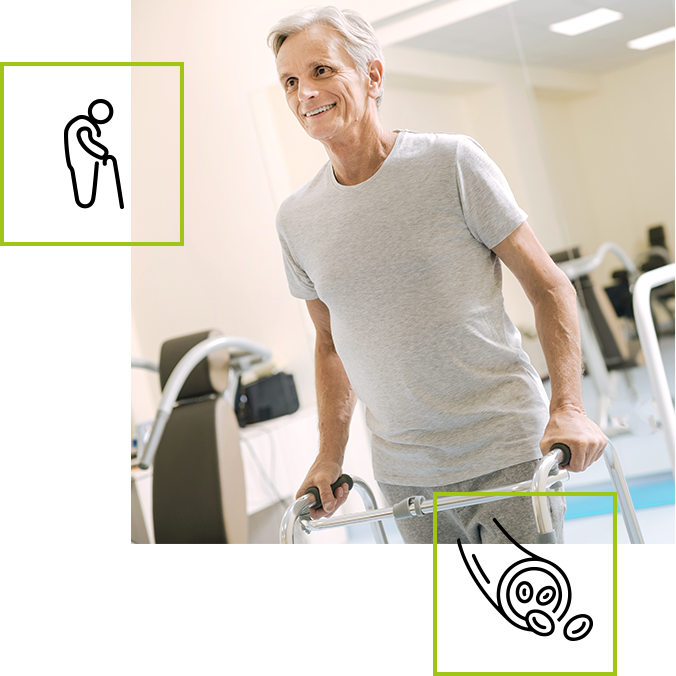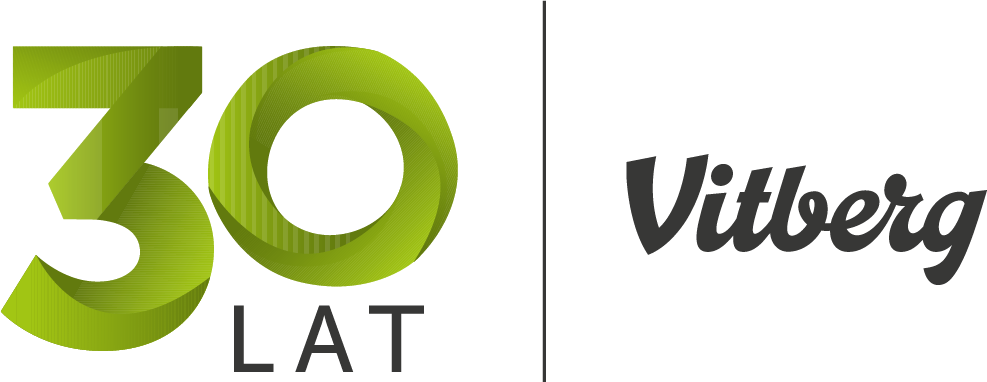Vibrotherapy – prevention and rehabilitation in the treatment of heart attack
Vibrotherapy as a passive substitute for physical activity, or combined with exercise, can significantly contribute to improving cardiovascular function, both in the prevention of myocardial infarction and after a heart attack.
How does it work?
In order to develop and maintain cardiorespiratory fitness – to improve functional status, physical capacity, independence and quality of life – attention to physical activity is essential. Vibrotherapy can be considered as a substitute for exercise of moderate intensity. It positively affects blood and lymph circulation and neuromuscular functions, improving psychosomatic condition.


When and for whom?
Vibrotherapy, replacing physical activity, can be an excellent alternative for people who are weakened and unable to exercise actively after severe cardiovascular disease, helping them recover, but also acting as a preventive measure in people at risk of cardiovascular problems.
Effectiveness
A sample of 20 elderly patients with stable cardiovascular disease showed improved vascular endothelial function (which regulates blood flow) after resistance exercise combined with vibrotherapy. This emphasized the safety of using therapeutic vibration in older cardiac patients.

Wong A, Alvarez-Alvarado S, Kinsey AW, Figueroa A. Whole-Body Vibration Exercise Therapy Improves Cardiac Autonomic Function and Blood Pressure in Obese Pre- and Stage 1 Hypertensive Postmenopausal Women. J Altern Complement Med. 2016 Dec;22(12):970-976
Benefits of vibrotherapy

No side effects

Action confirmed by scientists and practitioners

Perceptible effects from 1 treatment

Long-lasting effects through systematic use
Choose the right product
We will help you select a set of modules that suits your conditions.
Myocardial infarction
Myocardial infarction, also known as myocardial infarction or myocardial infarction, is a serious medical condition that occurs when blood flow to a certain part of the heart muscle is blocked. Usually, this blockage is due to a blood clot (thrombus) or blockage, which impedes oxygen and nutrients from reaching the heart cells. The main cause of a heart attack is usually coronary artery disease, which involves the deposition of atherosclerotic plaques on the walls of the blood vessels supplying blood to the heart. As a result of this process, the vessels can narrow or become completely blocked, leading to myocardial ischaemia. Symptoms of a myocardial infarction may include severe pain or pressure in the chest, which may radiate to the arms, neck, jaw or back. Shortness of breath, nausea, vomiting, feeling dizzy and loss of consciousness may also occur. Immediate medical intervention is crucial in the event of a heart attack. Time is of the essence as rapid restoration of blood flow can minimise damage to the heart muscle. Treatment may include the administration of anticoagulants, vasodilators and procedures such as angioplasty and stent implantation to restore patency of the blood vessel. Rehabilitation after a heart attack, including lifestyle changes and regular health monitoring, also plays an important role in the long-term management of this condition.
Cardiac vibrotherapy
It has great potential in the rehabilitation and treatment of cardiovascular disease, as its use, if only as a substitute for physical activity, can bring significant benefits to patients. Cardiac vibrotherapy, through its effect on improving circulation, can be an invaluable form of rehabilitation, but also prevention in elderly, weakened people with difficult access to physical activity, enriching the offer of physiotherapists.
Cardiac vibrotherapy can help to increase the elasticity of blood vessel walls, with beneficial effects on overall cardiovascular health. In addition, for those who have undergone a heart attack, vibrotherapy can be an effective part of the rehabilitation process, aiding the gradual restoration of physical activity and minimising the risk of complications.
Ultimately, cardiac vibrotherapy not only affects the physical aspects, but also contributes to stress reduction, which is key to improving the quality of life for people with heart disease.
Cardiac rehabilitation
Post-heart attack therapy, also known as cardiac rehabilitation, plays an important role in the recovery of patients after heart attacks. Resistance exercises, which include weight-bearing work, can be part of this rehabilitation, but should always be tailored to the individual's ability, condition and doctor's recommendations.
Resistance exercises may include:
Exercises with dumbbells or manual weights: Initially, these may be light dumbbells or manual weights. The patient can perform various movements, such as arm raises or trunk twists, depending on the stage of rehabilitation.
Exercises on resistance machines: In specially adapted rehabilitation centres, patients can use machines that offer controlled resistance during different types of movements. Examples include cycle ergometers, elliptical machines or strength machines.
Exercises with resistance rubbers: Resistance rubbers can be used to create additional resistance during different movements. They are easy to carry and can be used both in a rehabilitation centre and at home.
Rehabilitation gymnastics: specially adapted gymnastics programmes can include resistance exercises on a mat or using rehabilitation equipment.
Strength exercises for the lower limbs: Post-MI patients can benefit from strength exercises to improve lower limb muscle strength, which contributes to improving overall physical performance.
Vibrotherapy and blood coagulation
Research suggests that vibrotherapy can affect fibrinogen levels in the body, with health benefits. A reduction in fibrinogen levels is observed with regular vibrotherapy sessions. This therapy can affect the cardiovascular system and processes related to blood clotting. The effect of this lowering of fibrinogen levels can result in health benefits such as:
- Improved blood flow: Vibrotherapy can promote blood circulation, which in turn can reduce the risk of clot formation.
- Reduction in the risk of cardiovascular disease: A reduction in fibrinogen levels may be associated with a lower risk of cardiovascular disease, as high fibrinogen levels are often associated with the development of atherosclerotic plaques.
- Improved blood vessel elasticity: The effects of vibration on blood vessels can help to increase their elasticity and promote overall cardiovascular health.
- Reduced risk of blood clots: Lowering fibrinogen levels can reduce the body's tendency to form blood clots, which is important for the prevention of thrombosis.





